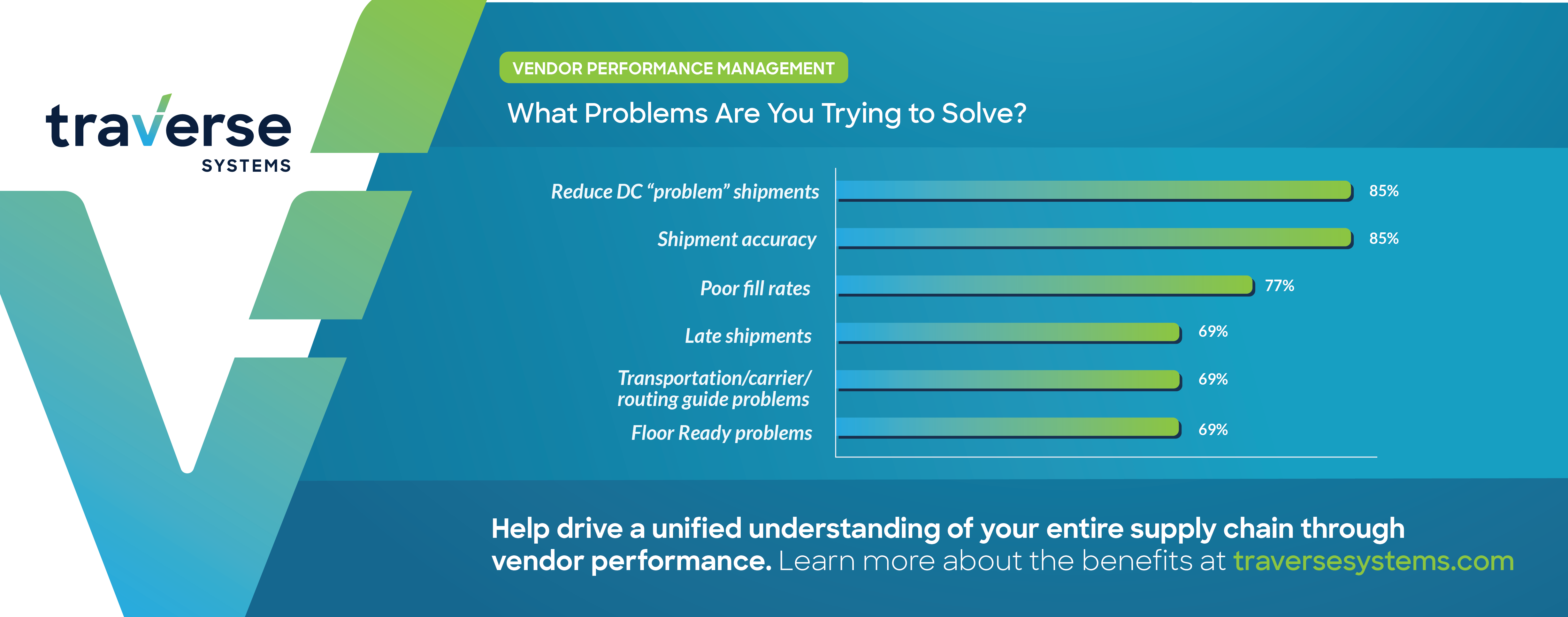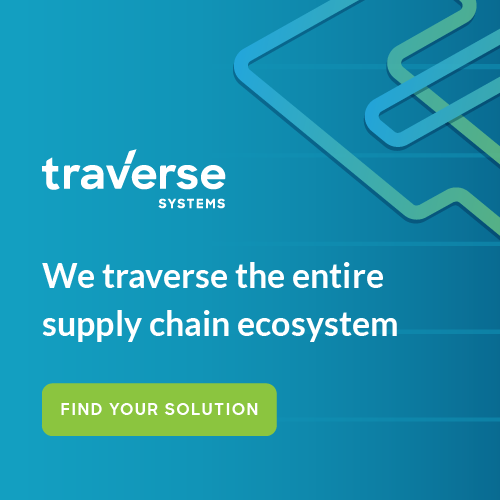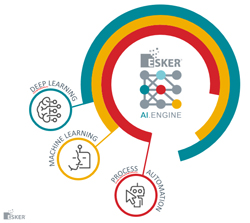ProMat 2019: The New Era of Mobile Robots in Distribution
I am just back from spending several days at the ProMat 2019 tradeshow in Chicago. ProMat, as most know, is the large materials handling-oriented show put on by MHI (the former Materials Handling Industry of America).
ProMat is held biannually, in odd number years, at Chicago's giant McCormick Place exhibit center. For a number of years now, MHI also produces a similar event now called MODEX that is held in the even years at Atlanta's World Congress Center.
| GILMORE SAYS: |
Amazon itself in a real sense confirmed my view by announcing a couple of days later that it was acquiring mobile robot manufacturing Canvas Technology.
WHAT DO YOU SAY?
Send us your
Feedback here
|
The Promat show is somewhat eclectic, with highly automated systems that can move cartons out the door with little or no human involvement mixed in with lift truck battery charging systems and caster wheel providers and everything in between.
And it looks to be fat times for MHI right now. Combine a generally strong economy, new handling demands from ecommerce fulfillment, worker shortages in distribution, and rapid, software driven advances in automation generally and robotics specifically, and the exhibit hall - halls actually - were sold out and packed with vendors. MHI must be pretty flush.
In fact, for the last few ProMats MHI has partnered with another, robotics-oriented show called Automate that is in an adjacent exhibit space, with co-event registration. But with the strong demand for exhibit space at ProMat, which sold out a long while back, much of the Automate floor space was actually occupied by ProMat spill over vendors that couldn't get on the main show floor, including a smaller hall even further back from the Automate exhibit space that I am not sure how anyone made it back too.
The advances being made in robotics of all sort for distribution are incredible. Those advances are at present more a function of rapid, improvements in software, artificial intelligence, and machine learning than they are advances in what I would call mechanical improvements, though there are plenty of those too, especially in combination with vision systems.
I have said this before but will say it with more conviction after a few days in Chicago: With the (somewhat) exception of piece picking out of static shelving, there are really no technical barriers to automating the order picking process any more. Maybe the ROI isn't there, perhaps you are worried about flexibility, there could be cultural issues relative to that level of automation at many companies, etc. - but no longer is it the case that the technology just isn’t there yet.
 But I am going to take this a step farther. We have now entered, starting here at ProMat 2019, into the mobile robot era in distribution. But I am going to take this a step farther. We have now entered, starting here at ProMat 2019, into the mobile robot era in distribution.
The machines go by a couple of different names, but most commonly are called autonomous mobile robots, or AMRs. The term should be somewhat self-explanatory: these robots, of many different styles, can traverse the DC floor not only automatically but much more flexibility and safely that their ancestors of sorts, automated guided vehicles (AGVs).
The famous Kiva Systems mobile robots - technology Amazon acquired in 2012, and which it has deployed by the tens of thousands of machines since then - ushered in the "goods to person" paradigm that has had a profound shift in how many think about distribution and picking process automation.
Not long after that, the concept of "task to picker" also emerged. With Kiva (and now similar solutions), robots bring SKUs to stationary pickers, who are working some number of orders - maybe a dozen or so. The robot arrives at the station, and the stationary worker picks from the SKUs on the robot cart and places those items into any orders on his/her cart that needs the SKU.
When the picks are complete, the robot moves on to the next station with orders needing that SKU, or parks itself, while another robot arrives shortly at the first station.
With "task to picker," robots meet humans at pick locations, say a specific pick zone. The human picks products for one or more orders (cartons/totes) that the mobile robot is carrying. When complete, the robot moves on to another zone with SKUs are needed for those orders, or off to packing when complete, as another robot arrives to meet the picker in the zone, or await a picker coming into the zone. You a need some 5-6 robots per human to have minimal weight times.
The goal in both cases just described of course is to reduce - perhaps dramatically - human picker travel times, with travel time being by far the largest component of traditional order picking costs. There's still a lot of travel - but it's by robots that once acquired in a sense travel for almost free.
There are many other applications for AMRs, including basic transport from point A to point B, working cooperatively with say a case picker on what amounts to an automated pallet jack, managing replenishment to forward pick zones and more.
One interesting application, for example, is the notion of a "helper" task. Exceptions are the bane of distribution, and one common one is for a replenishment that was not performed on a timely basis, so that orders may have short picks - they arrive at packing stations missing ordered items.
How to solve this exception? Today it's not easy, sending humans out to retrieve the SKUs, maybe from reserve storage, maybe from now replenished forward pick locations. It is a real operational pain, and generally takes a long time to resolve.
But add a mobile robot to the mix, and things can become a lot simpler. The AMR can be dispatched to meet a human at a reserve or forward pick location, be "handed" the shorted items, and deliver them to the packing area to complete the orders.
Now that's pretty slick.
I am calling this the start of the mobile robot era because I think we have hit an inflection point. The combination of improved technology, changes to order profiles as a result of ecommerce and other factors, and the continued major challenges in finding and keeping DC labor, and I think AMRs have simply become accepted as a solution to these challenges the way Voice or pick-to-light have been for many years.
I spoke to several companies at the show who said they viewed mobile robots as a nice "middle ground" between sophisticated (and expensive) automation and traditional approaches to piece and case picking. I agree.
This notion of entering a new era of mobile robots in distribution came to me early, on Monday, the first day of the show.
And nicely, Amazon itself in a real sense confirmed my view by announcing a couple of days later that it was acquiring mobile robot manufacturing Canvas Technology.
Why would Amazon want to acquire a mobile robot developer? I don't know for sure, but I heavily suspect it is similar to why Amazon acquired Kiva - it anticipates its demands for mobile robots are going to be so massive that it wants to lock up all of Canvas' production capacity.
The start of the mobile robot era indeed.
Think for this week I will leave it at that for this week. I will be back next week with my review of the top new products I saw at the show. A quick preview of my top three: a new automated trailer unloader from Intelligrated for floor stacked cartons; a new sortation system for long, normally non-conveyable goods from Intralogistics, and a nifty new take on a shuttle system from Bastian.
Do you think we have started a new era of widespread adoption of mobile robots in distribution? Why or why not? Let us know your thoughts at the Feedback button below.
|



![]()

![]()

![]()













